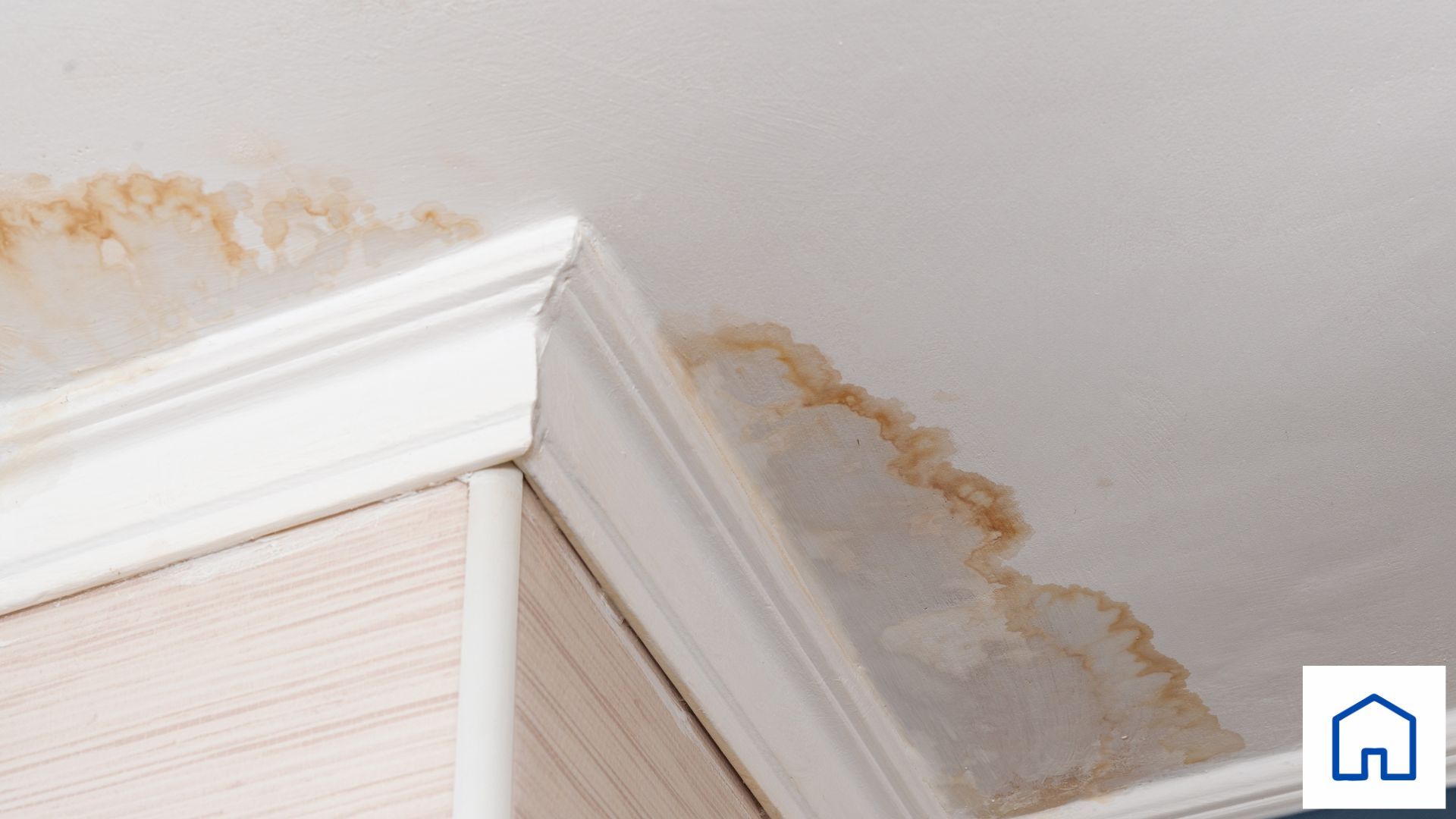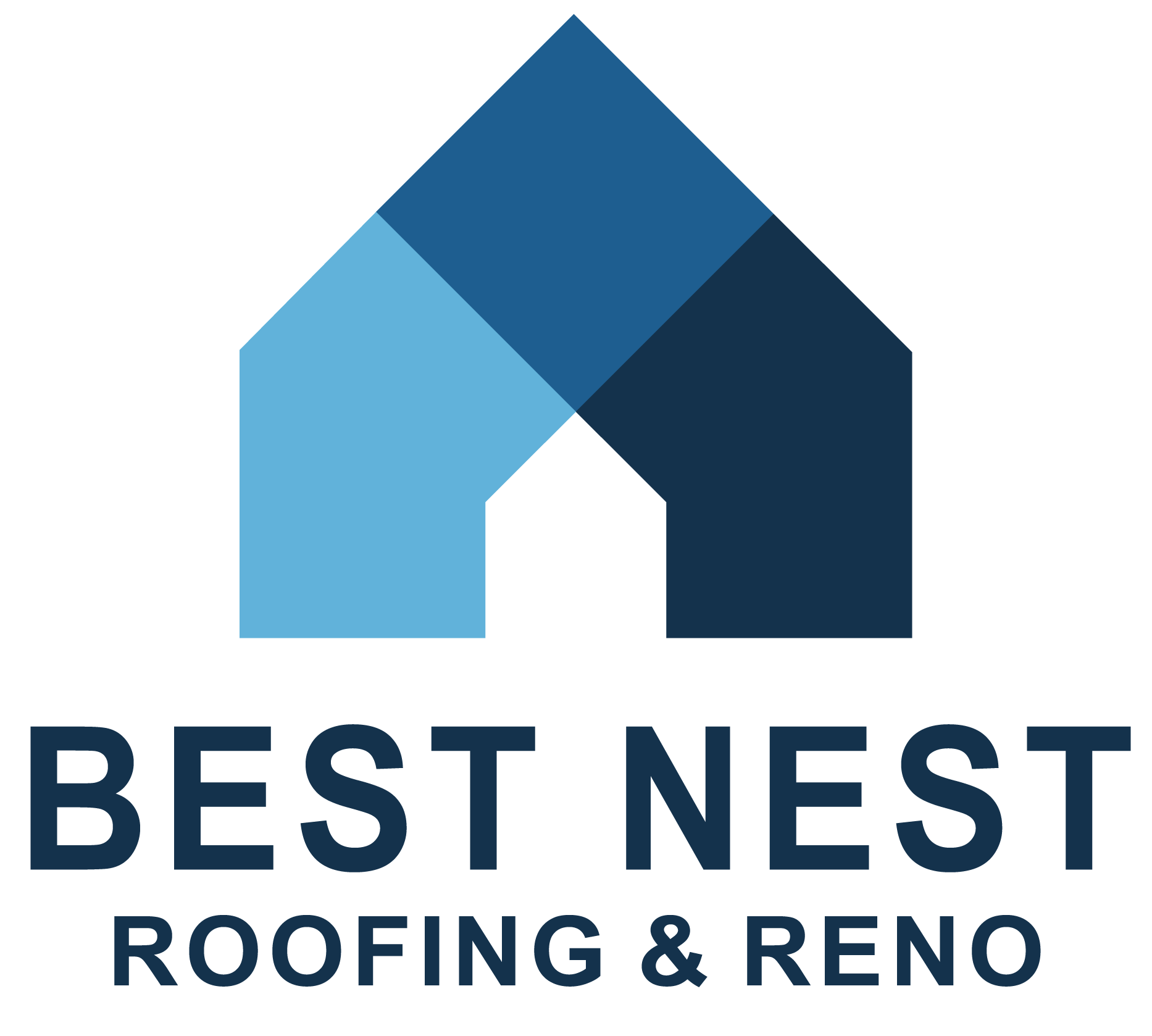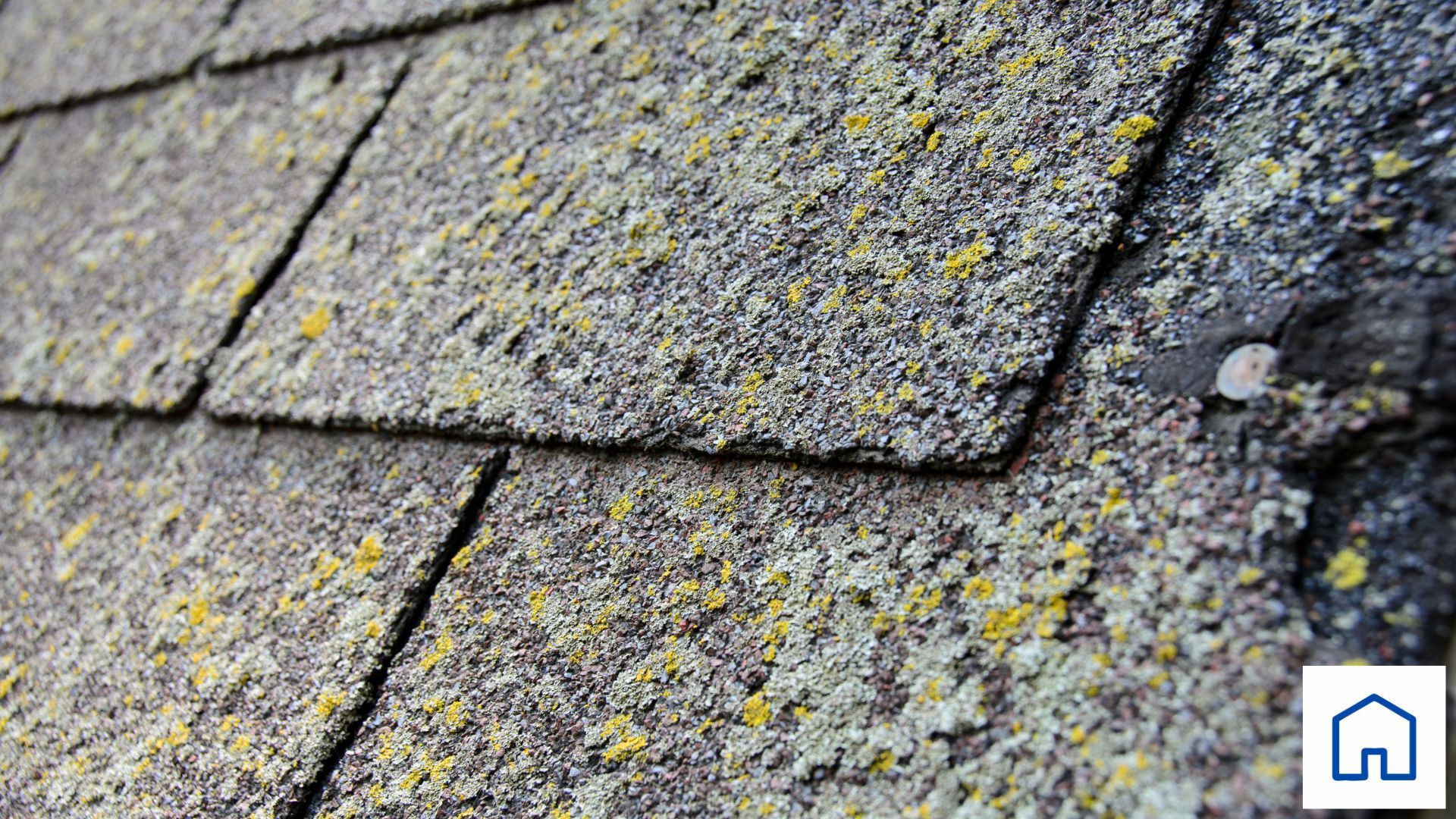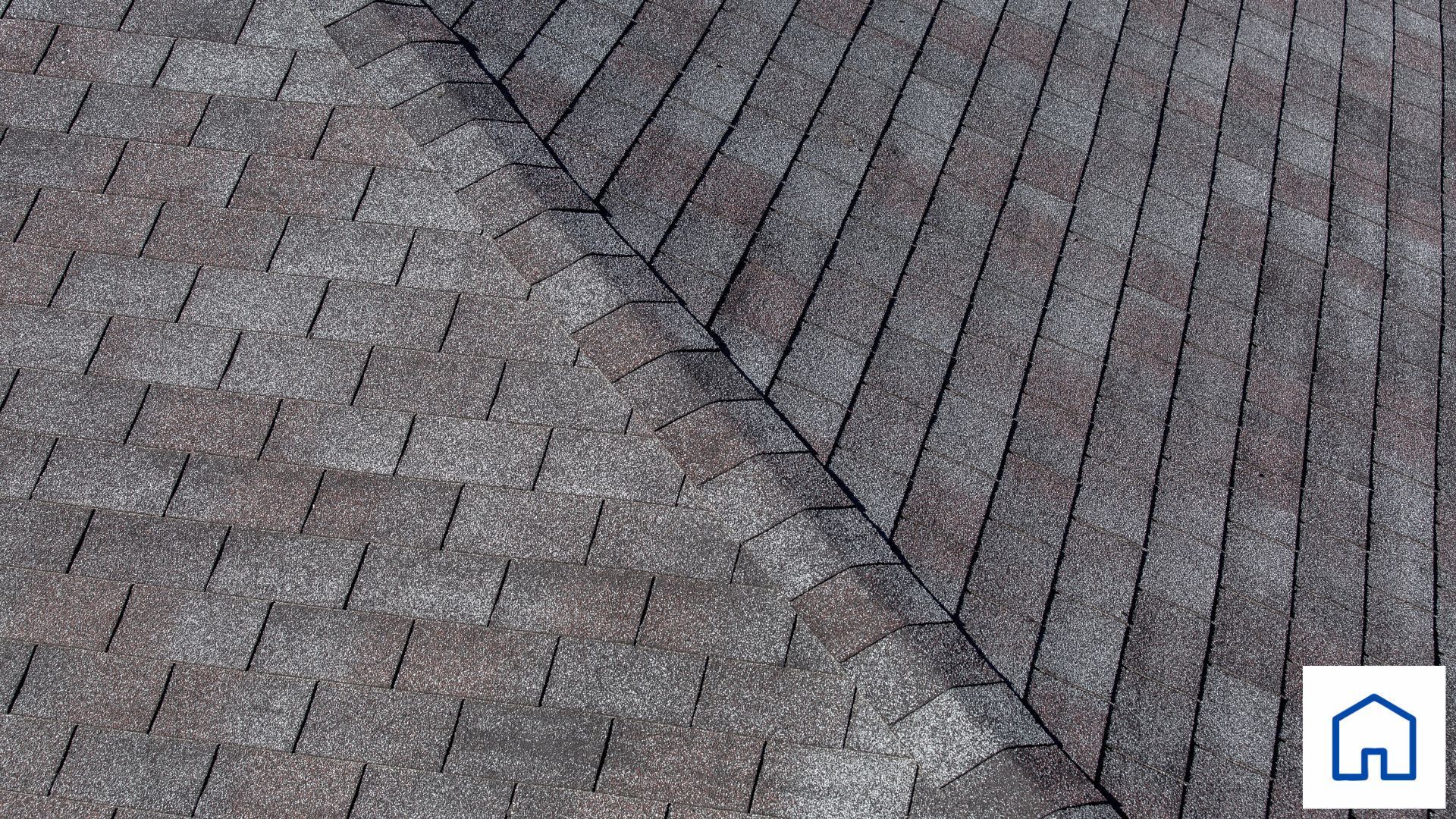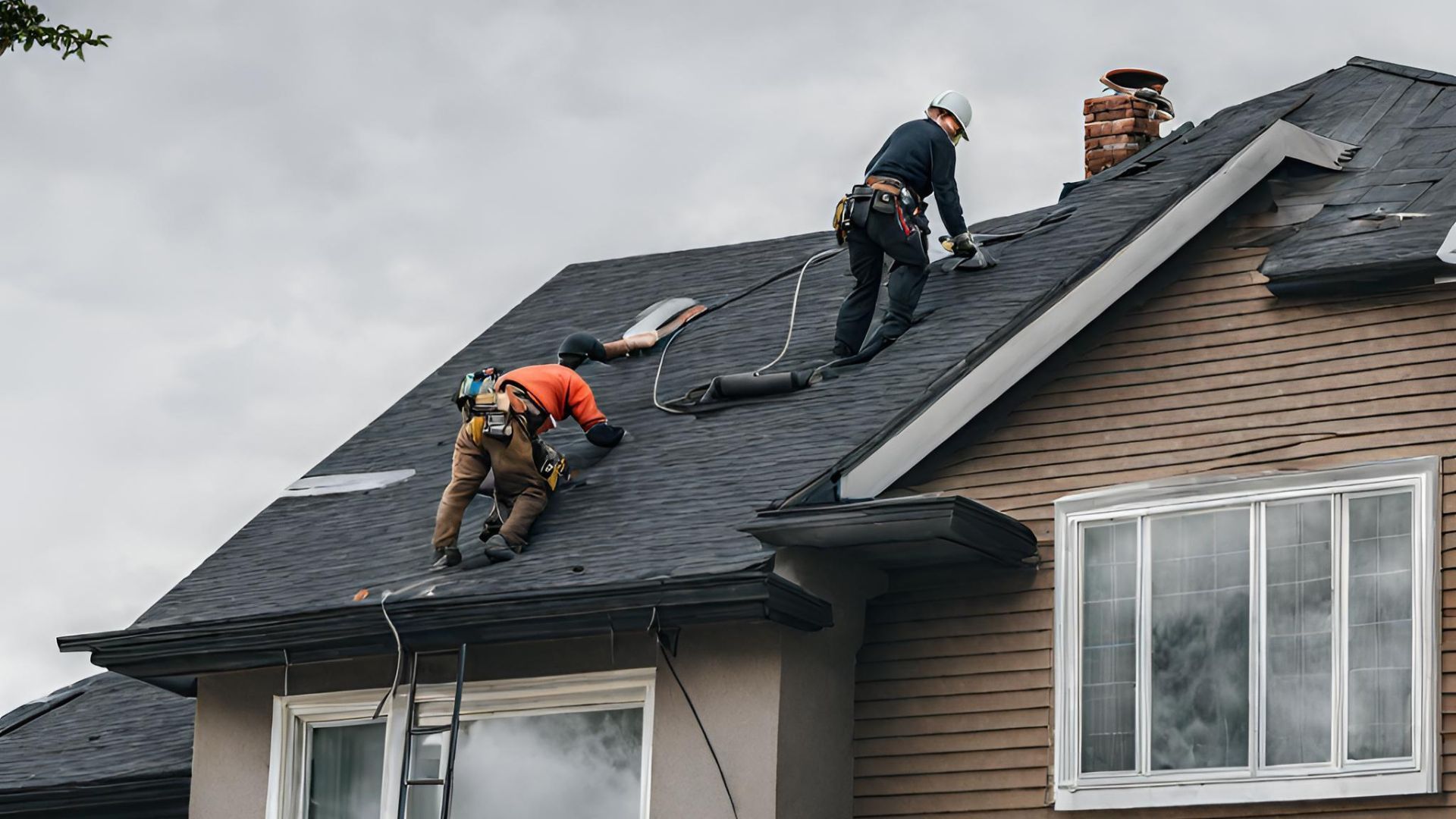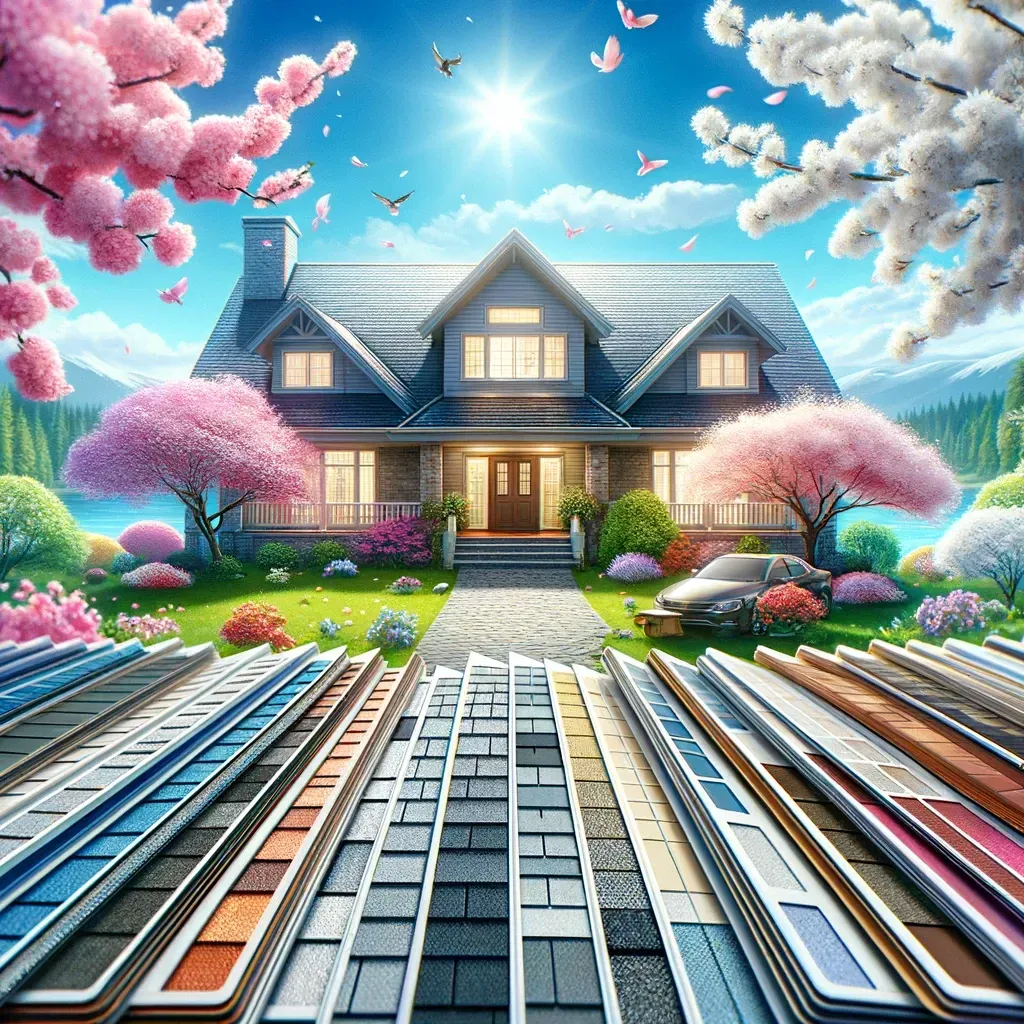Will a dark roof make my house hotter?
"I don't want dark roofing on my house to raise my power cost because it is hot here in the summer." This is one of the common statements of homeowners. Black roofs are great for the winter, but what when summer comes?
So, does roofing color really impact the temperature of your home? It does, but color is not the only factor. Darker shingles do indeed absorb more heat. A darker roof will register as hotter in the summer than one with lighter-colored shingles. But according to roofing installers in Carrollton, how much of that heat transfers into the house depends on the roofing material and the insulation measures.
But first, why do homeowners opt for a dark or black roof?
Carrollton residents often opt for darker roofs due to their aesthetic appeal and low maintenance requirements. In terms of design, black roofing generally blends well with any home exteriors and adds a touch of sophistication and style to the space. Darker roofs require less maintenance compared to other materials, thus providing greater value for money over time. Darker roofs also work in the winter months since they retain more heat by reflecting it toward the home rather than allowing it to escape.
Home temperature-affecting factors
Window size and Insulation
The size of your windows and the insulation in your home are some of the important factors that decide the temperature of your home. You can reduce energy costs by upgrading your window treatments to Energy Star-certified curtains, shades, or blinds. These products are designed with special fabrics that help keep cool air inside during the summer months and warm air inside during the winter months.
Adding insulation to your walls or attic can help keep the temperature steady in your home all year round. And making sure your roof is clear of debris can also help to facilitate better airflow and regulate the temperature in your home. With a few simple changes, you can have a more comfortable home and reduce energy costs simultaneously!

Air leakage
Another factor that can affect the temperature of your home is air leakage. Air can escape through the cracks in doors, windows, and other openings in your home. This can cause your heating or cooling system to work harder than it needs to, which increases your energy costs. To reduce air leakage, you should seal any gaps around your home's doors, windows, and other openings. Weather stripping and caulking are two great ways to do this.
How Roof Material Can Play a Role in temperature
Roofing experts in Carrollton will tell you that roofing material is a key factor in helping keep the temperature inside your house regulated. High-quality roofing materials can absorb less of the sun's heat, making it a lot easier to maintain an optimal temperature inside your house throughout the year. Installing a reflective coating on the surface of the roof material can significantly reduce the amount of heat absorbed, helping to keep your home cooler. Insulating materials like spray foam can provide even better insulation and temperature regulation. On the other hand, shoddy roofing materials can cause several issues due to inadequate insulation, such as strains on air conditioning systems and excessive amounts of heat gain during hot months. By selecting products that are energy efficient and rated for warm climates, you can shield against extreme temperatures from entering your home and better regulate the temperature throughout the day.
Should I go for a darker roof?
Color should be one of the factors in a
roofing installation decision. But consider other factors like roofing materials and technology, proper
roofing installation
and ventilation in the house to come to the right decision. Do a bit of research on all these to find the best option. Or go for the easier option -
contact us to speak to a roofing expert for a no-obligation chat on your roofing needs.
